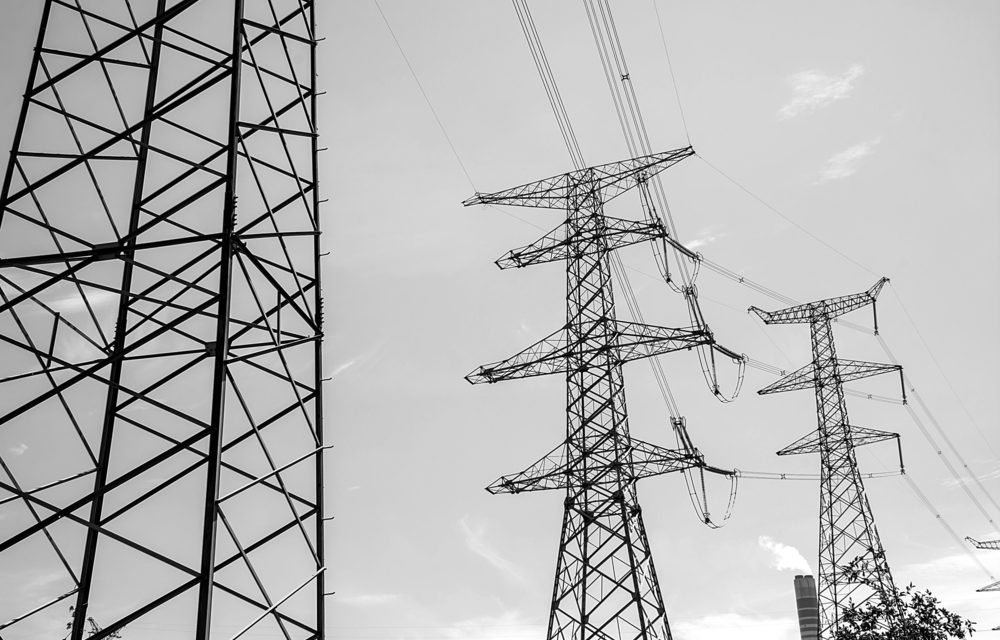By Paul Ciampoli
Source: www.publicpower.org, April 2020
Moody’s Investors Service on April 22 said that its outlook for the U.S. public power sector remains stable because it expects the sector to be relatively resilient through the coronavirus outbreak and the resulting downturn.
“Public power utilities provide essential services in a nonprofit manner, have strong liquidity, continue to deleverage and benefit from cost recovery through self-regulated rate-setting,” Moody’s said in the report.
At the same time, Moody’s expects an overall decline in liquidity and coverage ratios in 2020-21 “given a likely decline in demand in 2020 resulting in lower sales revenues and cash flow coupled with most utilities temporarily suspending disconnects during the stay-at-home orders.”
The rating agency said that a recession will have more significant credit implications for utilities that serve relatively weaker economic areas and/or have a high concentration of commercial and industrial customers.
It noted that electricity demand has fallen sharply for sectors highly exposed to the pandemic including the service industry, automobile manufacturing and oil and gas, among others. The general service area economy has also deteriorated in many regions, the report noted.
Moody’s expects net negative load demand for the year rather than flat growth
The rating agency expects net negative load demand for the year rather than flat growth, as it previously anticipated.
“Given the numerous stay-at-home and essential business only orders along with a general weakening of the economy, we expect net negative load demand nationally for the year,” the report said.
Moody’s noted that states have enacted these orders at different times, with Washington State, California and New York among the first in February and early March.
“Load demand decline has not hit and is not likely to hit all areas of the country in the same manner at the same time, with some states having a lag or lower impact. For example, Florida and Texas’s demand loads were largely unaffected through March (not weather adjusted).”
Utilities with flexibility in their generation mix “may be able to adjust to anticipated load declines, softening the impact on revenue loss with lower cost power and fuel purchases.”
Load growth is possible for some utilities. Depending on the industrial and commercial customer concentration of particular issuers, as well as the types of industries located in their service area, “some issuers may actually experience load demand growth, as in food products, hygiene and medical supply-related industries,” the rating agency said.
Meanwhile, Moody’s said that while most public power issuers maintain the ability to pass through their operating costs to their customers through self-regulated rate-setting, “the willingness to raise rates may be affected, especially for utilities providing service in already weaker economic service areas.”
Utilities that had previously planned but not yet implemented rate increases for this year may decide to postpone those rate increases to later in the year or delay into the following year as businesses slowly reopen and the current situation normalizes, the report said.
Moody’s noted that some public power utilities in Florida have already lowered prices over the next few months, passing on the benefit of lower fuel costs to customers.
“We expect that some utilities may tap rate stabilization reserves, when available, as well as existing discretionary liquidity, rather than passing on rate increases to spread the loss of revenues associated with nonessential services’ shutdowns, among remaining customers.”
Moody’s also said some public power utilities may experience an increase in bad debts.
Noting that a number of states have either ordered or strongly encouraged voluntary suspension of electric disconnection and I light of the severe economic downturn, the rating agency expects this will lead to an increase in bad debts and an increase in working capital requirements for public power utilities. Public power utilities will continue to serve customers who ultimately may not be able to pay or may be able to pay at a slower pace, adding to the downward pressure on financial metrics.
Liquidity may also be impacted from the potential pressure to increase transfers from the utilities to their respective state or local government owners, given deterioration of service area economies, the report said.

